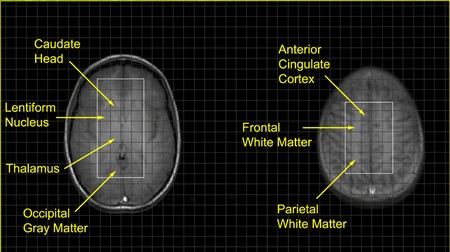This depressive condition combines depression with mania, the two mood states usually occurring in different, distinct phases. To be diagnosed with bipolar disorder, a person needs to have suffered at least one episode of mania. Mania can take various forms, depending on its severity, but during a manic phase a person will experience an elevated mood which is extreme and pathological. They often speak very loudly and quickly and won’t stop, jumping from one subject to another without apparent connection, as if they had been ‘fast-forwarded’. They can become delusional, believing things that are not true and acting on this belief, so that, for instance, they might spend huge amounts of money they don’t have, or think that they are God. Their perceptions can change, so they might fail to notice that they have injured themselves, or that they are not eating and drinking adequately. They can act completely out of character, often engaging in highly flirtatious behaviour and sexual promiscuity. They might also suffer hallucinations. And they believe all the while that their behaviour is normal.

In general, patients with bipolar disorder have a history of mood swings, with episodes of both mania and depression. But they are diagnosed with the condition as soon as a manic phase has been identified, even if a depressive episode has not yet occurred.
Treating Bipolar Disorder
The most common treatment for manic depression is a long-term maintenance course of the drugs lithium carbonate and carbamazepine, although it is not clear how these drugs work to reduce the symptoms, and both drugs have potentially troublesome side effects. A common problem with manic-depressive patients is keeping them on their medication long term, as they can reach a stage where they believe they no longer need the drugs. However, EPA and high EPA essential fatty acid supplements appear to have mood-stabilising properties which make them potentially therapeutic in bipolar disorder.